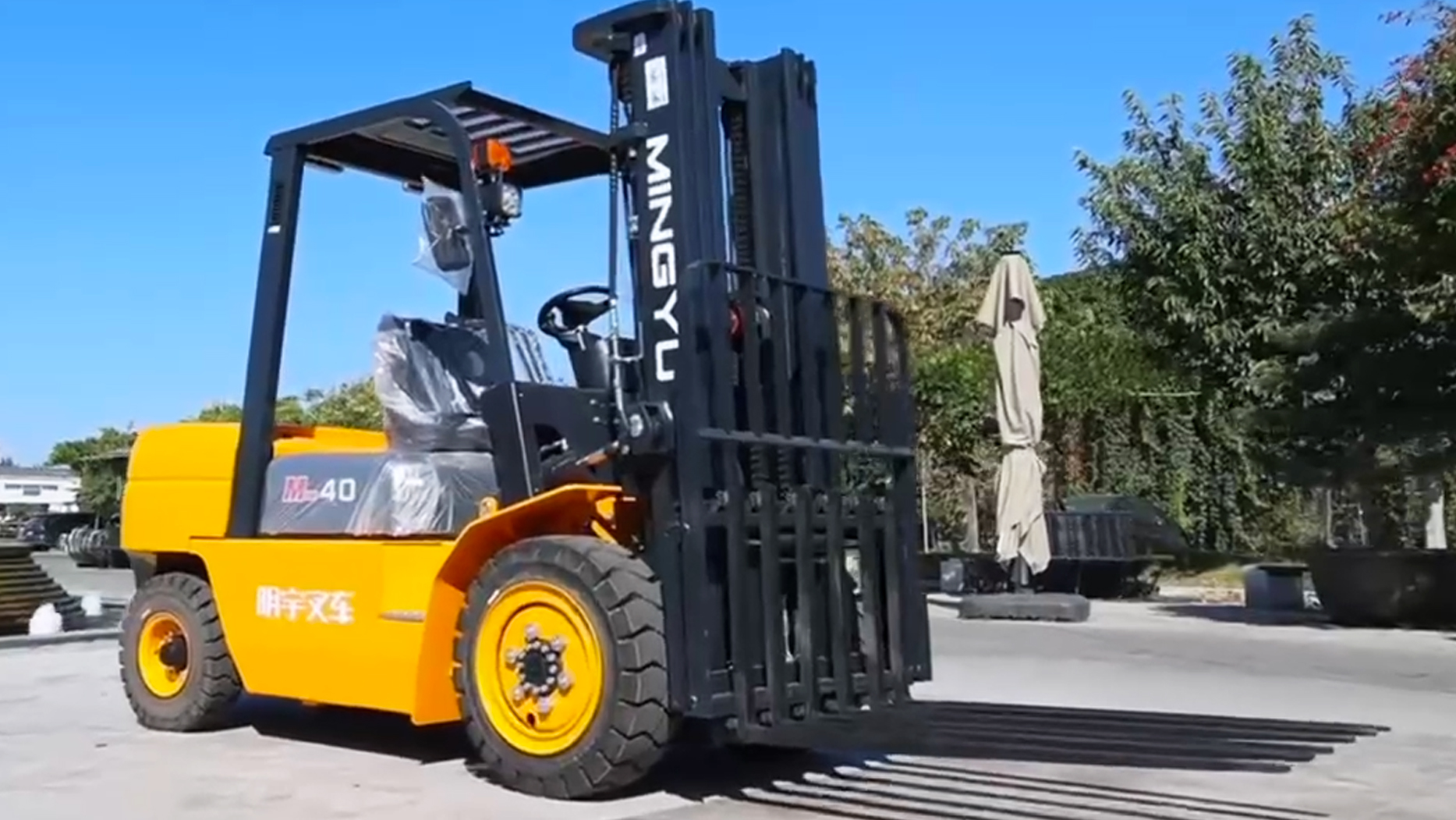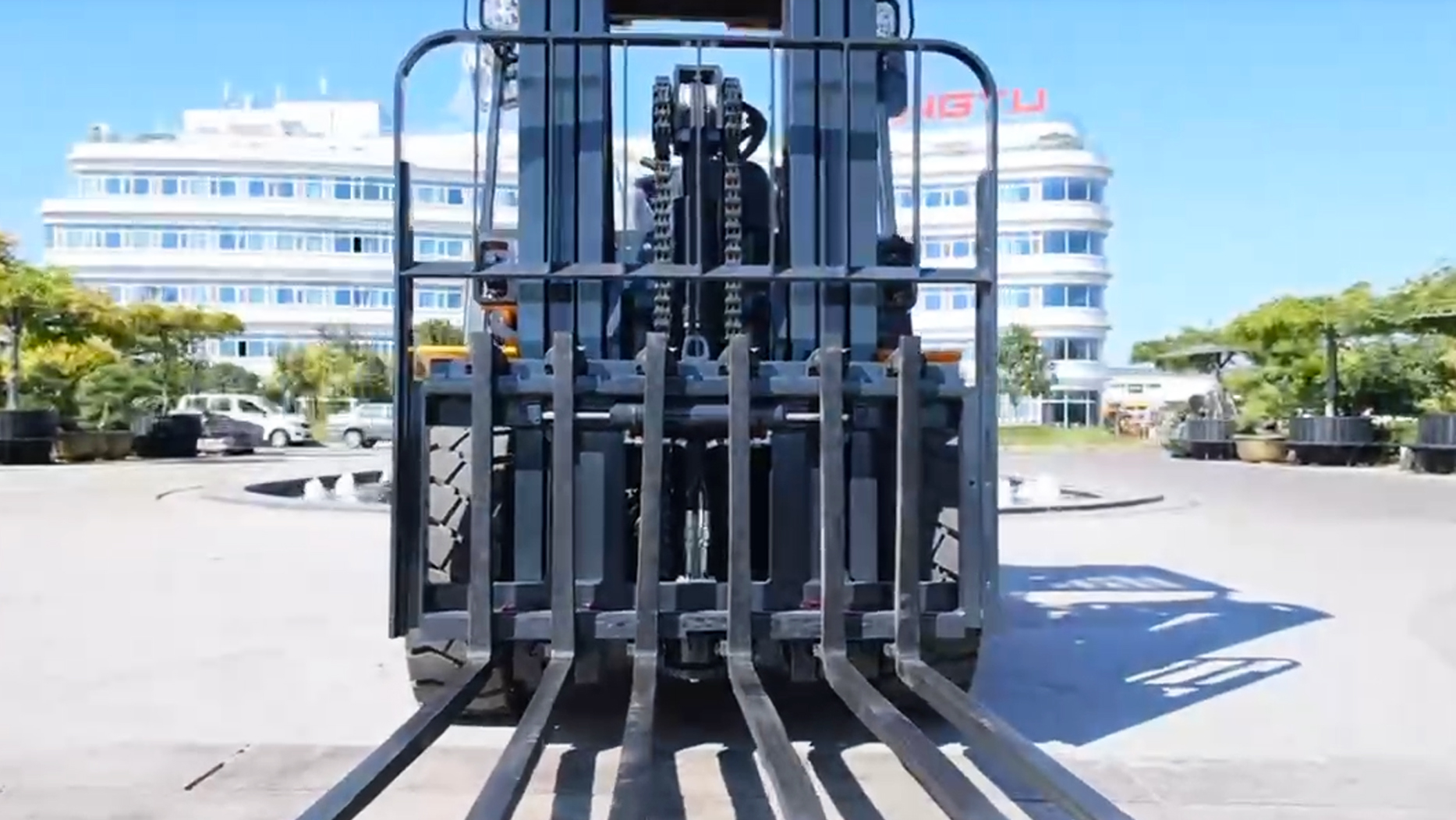I. Introduction
Forklifts are the workhorses of countless warehouses, facilitating the movement of goods and materials with efficiency. Traditionally, diesel forklifts have been favored for their power and durability, particularly in outdoor applications. However, the question arises: can these machines be safely and legally used indoors? This article delves into the feasibility of using diesel forklifts in warehouse environments, examining the potential hazards, regulatory requirements, and practical considerations involved. Our aim is to provide a comprehensive overview that empowers warehouse operators to make informed decisions regarding forklift usage, prioritizing safety and compliance.
II. Understanding Diesel Forklifts
A. Description of diesel forklifts: Diesel forklifts are known for their robust engines, high lifting capacities, and ability to handle heavy loads. They are often preferred for outdoor applications due to their power and durability.
B. Explanation of diesel engine emissions and their potential hazards: Diesel engines emit harmful pollutants, including carbon monoxide (CO), nitrogen oxides (NOx), and particulate matter, which can pose significant health risks in enclosed spaces.

C. Advantages of diesel forklifts: They offer strong power output, can sometimes be more fuel efficient in demanding applications, and are built to withstand harsh outdoor conditions.
D. Disadvantages of diesel forklifts: The primary disadvantage is their emission of harmful pollutants, along with increased noise and vibration compared to electric or propane alternatives.
III. Indoor Air Quality and Diesel Emissions
A. Detailed discussion of the health risks associated with diesel exhaust in enclosed spaces:
1. Carbon monoxide (CO) poisoning: CO is a colorless, odorless gas that can lead to headaches, dizziness, and even death in high concentrations.
2. Nitrogen oxides (NOx) and respiratory issues: NOx gases can irritate the lungs and contribute to respiratory problems, especially for individuals with pre-existing conditions.
3. Particulate matter and long-term health effects: Fine particulate matter can penetrate deep into the lungs, increasing the risk of respiratory and cardiovascular diseases with prolonged exposure.
B. Ventilation requirements and their importance:
1. Calculating adequate ventilation rates: Proper ventilation is crucial to dilute and remove diesel exhaust from indoor spaces. Calculations must account for warehouse size, forklift usage, and emission rates.
2. Types of ventilation systems (mechanical, natural): Mechanical ventilation systems, such as exhaust fans and air filtration units, are often necessary to ensure adequate air exchange. Natural ventilation, relying on windows and doors, may be insufficient in many warehouse settings.
3. Importance of monitoring air quality: Continuous monitoring of CO and other pollutant levels is essential to ensure worker safety and compliance with regulations.
C. Emission control technologies for diesel engines:
1. Diesel particulate filters (DPFs): DPFs trap and remove particulate matter from diesel exhaust, significantly reducing emissions.
2. Catalytic converters: Catalytic converters convert harmful gases, such as CO and NOx, into less harmful substances.
3. Low-sulfur diesel fuel: Using low-sulfur diesel fuel reduces the formation of particulate matter and other pollutants.
IV. Regulatory Considerations
A. OSHA regulations regarding indoor air quality and forklift emissions:
1. Permissible exposure limits (PELs) for diesel exhaust components: OSHA sets PELs for CO and other pollutants, limiting the amount workers can be exposed to.
2. Requirements for ventilation and monitoring: OSHA mandates adequate ventilation and air quality monitoring to protect workers from harmful emissions.
B. Local and state regulations that may apply: In addition to federal regulations, local and state authorities may have their own rules regarding diesel forklift use in warehouses.
C. Environmental Protection Agency (EPA) regulations and emission standards: The EPA sets emission standards for diesel engines, including those used in forklifts, to reduce air pollution.
D. Insurance implications and liability concerns: Using diesel forklifts indoors can increase insurance premiums and create liability concerns if workers are exposed to harmful emissions.
V. Practical Considerations and Alternatives
A. Factors to consider when deciding whether to use a diesel forklift indoors:
1. Warehouse size and layout: Larger warehouses with high ceilings and effective ventilation systems may be more suitable for diesel forklift use.
2. Ventilation capabilities: The ability to provide adequate ventilation is a critical factor in determining the feasibility of using diesel forklifts indoors.
3. Frequency and duration of forklift use: Infrequent and short-duration use may pose less of a risk than continuous operation.
B. Alternative forklift types for indoor use:
1. Electric forklifts: Advantages and limitations: Electric forklifts produce zero emissions, making them ideal for indoor use. However, they may have limitations in lifting capacity and operating time.
2. Propane (LPG) forklifts: Advantages and limitations: Propane forklifts offer a balance of power and cleaner emissions compared to diesel, but they still produce some pollutants.
C. Cost analysis of diesel vs. electric/propane in indoor environments: A comprehensive cost analysis should consider fuel costs, maintenance, ventilation system upgrades, and potential health-related expenses.
VI. Conclusion
While diesel forklifts offer power and durability, their use in warehouses requires careful consideration of indoor air quality, regulatory compliance, and practical limitations. Adequate ventilation, emission control technologies, and continuous monitoring are essential to mitigate health risks. In many cases, electric or propane forklifts may be safer and more cost-effective alternatives for indoor applications. Ultimately, warehouse operators must prioritize worker safety and regulatory compliance when making decisions about forklift usage. The future of forklift technology is trending towards cleaner energy, and safer warehouse practices that protect the health of all workers.
Post time:Apr.03.2025


